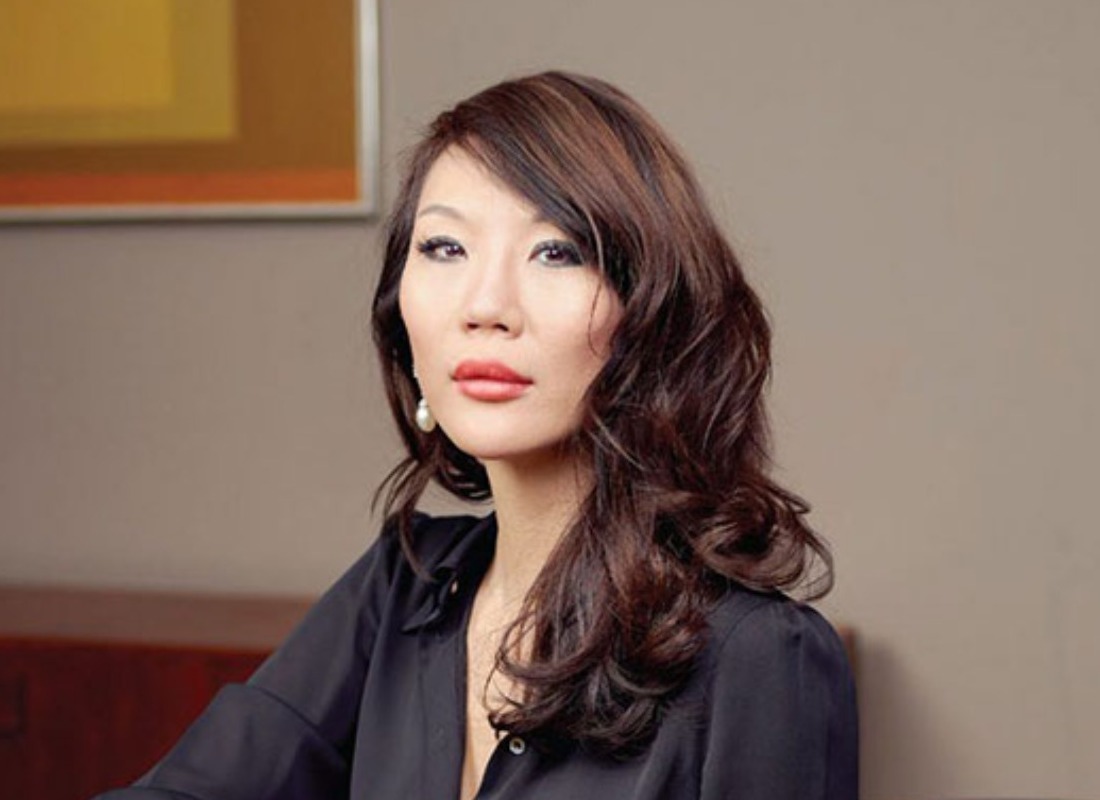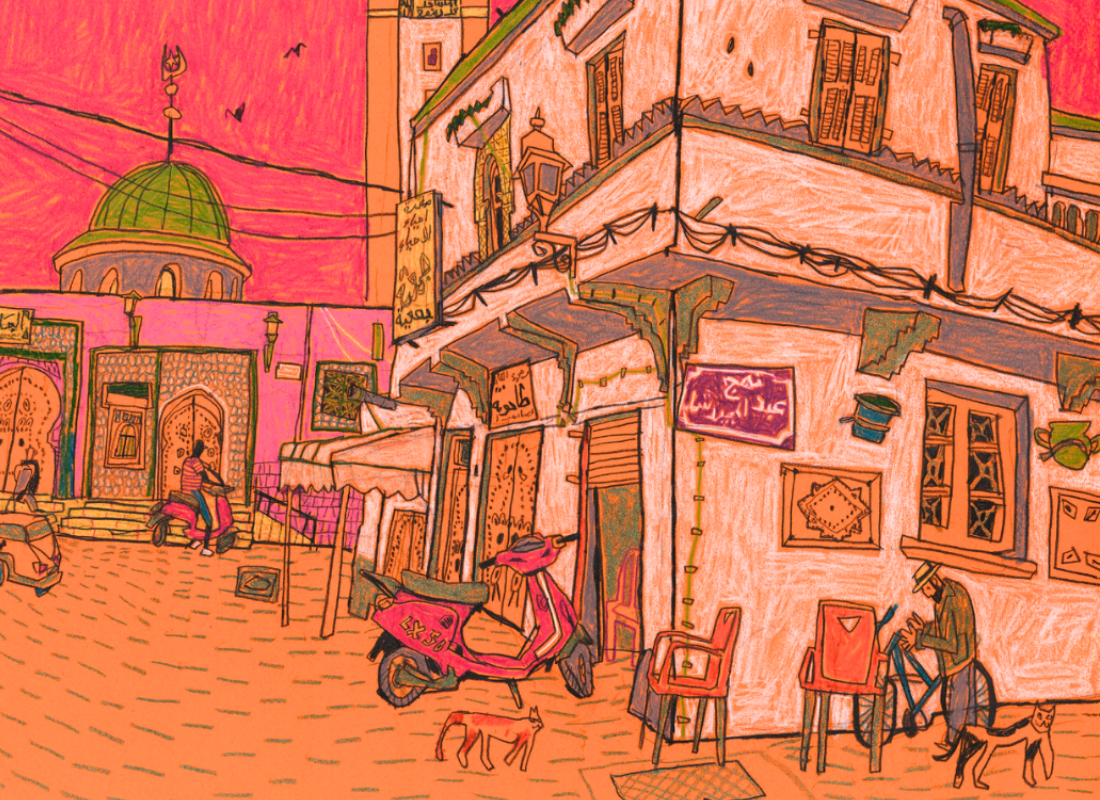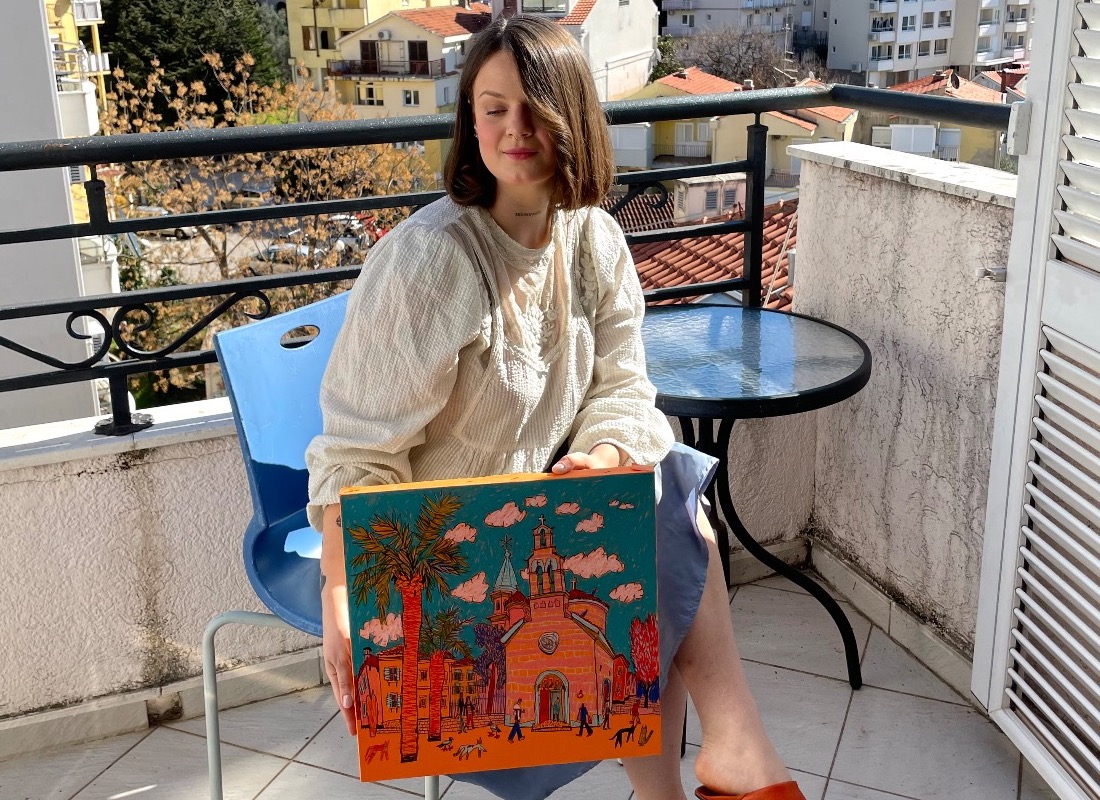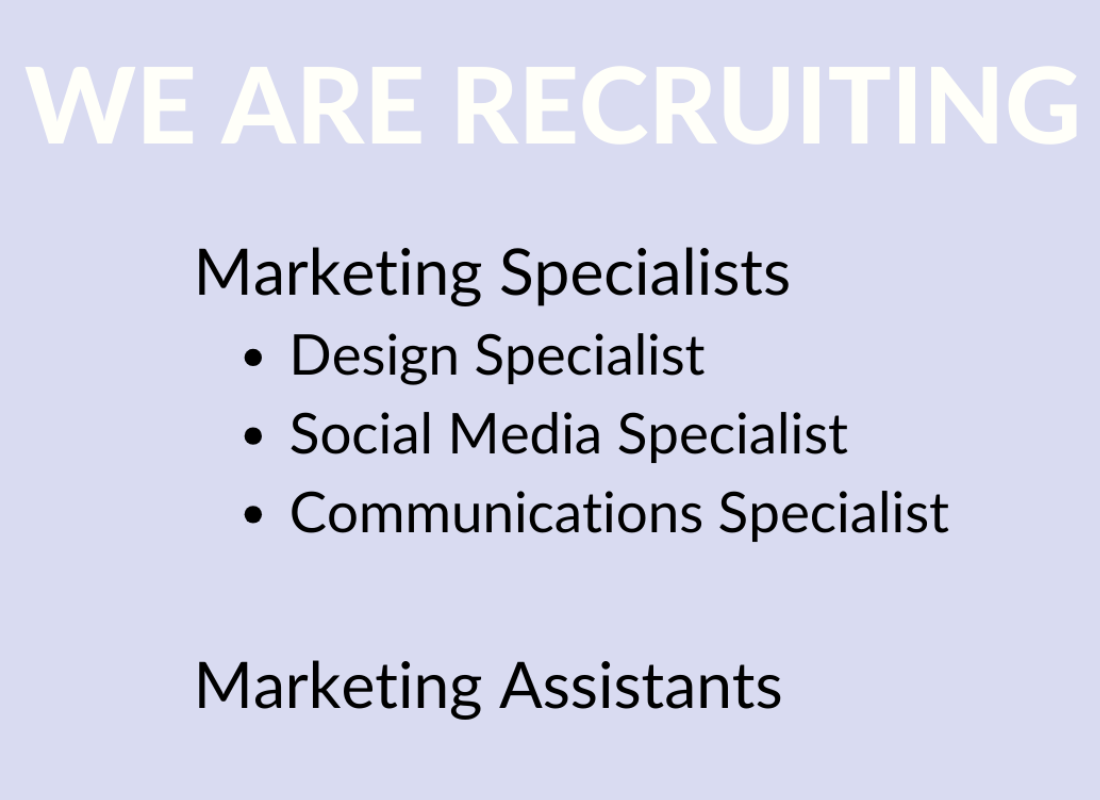
Written by Ruby Clarkson | 22nd June 2020
The art industry has evolved significantly over the years, and the global art market is now worth an estimated 67 billion dollars. The growth of the worldwide art economy can be largely attributed to an increase in online sales and ease of movement when it comes to assets and artistic talent. In the early years, women often found it challenging to break into the art industry and faced various challenges due to gender bias.
But, despite this, there are now many successful female artists and professionals within the international market who have gained recognition for their artistic talents. With this in mind, let’s look at how women are leading the art industry today.
Art gallery directors
Over the recent years, women have been represented more fairly within art galleries and museums around the world, but it never used to be like that, and even now, there is still quite a way to go. According to Tate, 78% of London galleries represent more men than women, and, shockingly, only 5% represent an equal number of both genders. But they have also stated that the number of women within the Tate collections is growing, with half of their Natale Bell Building currently dedicated to a female artist.
Over the recent years, women have been represented more fairly within art galleries and museums around the world, but it never used to be like that, and even now, there is still quite a way to go. According to Tate, 78% of London galleries represent more men than women, and, shockingly, only 5% represent an equal number of both genders. But they have also stated that the number of women within the Tate collections is growing, with half of their Natale Bell Building currently dedicated to a female artist.
However, increasing numbers of women are now setting up their own firms and running successful global art businesses. After opening her own gallery, she set up Willstone Management in 2011, where she now works alongside private individuals and offers bespoke art investment services. Kwok explains how being successful in the art industry is about knowing the market trends - “Art can be like super-high-fashion trends. Prices can depend on what is fashionable. One day it could be Impressionists and the next Surrealists, that’s why it’s so important to stay in touch with the market.â€
One such trend is how women are seen in our current world, as many female artists channel the portrayal of women through their work, such as Nina Chanel Abney, who tackle topics such as gender and race in her paintings.
Art investors
Art has become a highly popular investment and is regarded as one of the three most profitable key investment areas in the world, alongside finance and real estate. Kwok explains how - “The market has tripled in the last decade.†This growth is largely driven by strong performance throughout the art industry and many women are taking advantage of opportunities to invest in art. Kwok adds - “Art retains its value. Unlike other assets, such as stocks, the value will never drop to nothing. A Picasso could go today for £20 million or the same work could go tomorrow for £15 million, but it will always be a Picasso.†Art is more accessible than ever, and anyone can start making a profit from art investment with the right amount of research and planning. Kwok became renowned as a successful art investor at the age of just 22 when she made a huge profit on a Chinese scroll that she purchased at an auction. She now has over 15 years of collecting and selling art and is highly regarded in the international art market.
Art has become a highly popular investment and is regarded as one of the three most profitable key investment areas in the world, alongside finance and real estate. Kwok explains how - “The market has tripled in the last decade.†This growth is largely driven by strong performance throughout the art industry and many women are taking advantage of opportunities to invest in art. Kwok adds - “Art retains its value. Unlike other assets, such as stocks, the value will never drop to nothing. A Picasso could go today for £20 million or the same work could go tomorrow for £15 million, but it will always be a Picasso.†Art is more accessible than ever, and anyone can start making a profit from art investment with the right amount of research and planning. Kwok became renowned as a successful art investor at the age of just 22 when she made a huge profit on a Chinese scroll that she purchased at an auction. She now has over 15 years of collecting and selling art and is highly regarded in the international art market.
Art exhibitions
Art exhibitions are enjoyed by people all around the world and present the opportunity to gain exposure for artists, galleries, museums, and non-profit organisations. Exhibitions form an essential part of the art industry and give people the chance to develop their understanding of the art world and learn about various artistic talents.
Several of the world’s most highly-regarded art exhibitions are now female-led, which represents a positive shift in the art industry. Rachel Lehmann, one of the Lehmann Maupin Gallery founders, has noticed that demand has grown for the works of many female artists, such as Marilyn Minter and Cecilia Vicuna.
Kwok herself hosted a much-anticipated exhibition in New York in November 2019 to celebrate more than 30 works by the art industry’s most iconic duo - Andy Warhol and Jean-Michel Basquiat. The world-renowned artists formed an unlikely friendship when they met in New York in 1987. Their notorious friendship has been a subject of fascination for many years and many connections can be seen throughout their masterpieces. Kwok’s exhibition represented a unique opportunity to view an impressive number of works by each artist, some of which were displayed to the public for the very first time. Kwok explained how - “This exhibition represents the first buying opportunity for such a large number of museum-quality works by the two American artists who have commanded the highest auction prices on record.â€
Further guides and resources
If you’re wanting to break into the art industry and share your work with the world, here are a few resources to help you:
•Art Quest
•Arts Professional
•a-n
•Tips on starting a career in the art industry
•How to navigate your relationship with a gallery
Final thoughts
It is clear that women have been underrepresented in the art industry over the years. Sadly, women continue to face various challenges due to gender bias, such as difficulty finding training opportunities and gaining recognition for their work. However, women now hold a strong position in the art world and many of the industry’s leaders are now female. Hopefully, this trend will continue to grow and women will find it easier to break into the art market and create a successful career in this rewarding industry.




.0af71f.jpg)
.ec8cc4.png)